
MSN News, Aug 22, 2014
"You didn't eat breakfast? Don't you know it's the most important meal of the day?"
In the bitterly divided world of breakfast habits, otherwise reasonable people become evangelists. Why is it acceptable to make people feel guilty about not eating breakfast, but it is not acceptable to slap those people?
This week health columnist Gretchen Reynolds at The New York Times did the slapping with science, reporting on two new nutrition studies. She concluded, "If you like breakfast, fine; but if not, don’t sweat it."
That's reasonable, sure, if apathetic. Nutrition science as a field has in recent years been bisected over the importance of breakfast. The research speaks with more nuance than the lay breakfast pusher. But the new studies land a weight of evidence thoroughly outside the realm of "most important meal."
In one study, 300 people ate or skipped breakfast and showed no subsequent difference in their weight gained or lost. Researcher Emily Dhurandhar said the findings suggest that breakfast "may be just another meal" and admitted to a history Breakfast-Police allegiance, conceding "I guess I won’t nag my husband to eat breakfast anymore."
Another small new study from the University of Bath found that resting metabolic rates, cholesterol levels, and blood-sugar profiles were the same after six weeks of eating or skipping breakfast. Breakfast-skippers ate less over the course of the day than did breakfast-eaters, though they also burned fewer calories.
“I almost never have breakfast,” James Betts, a senior lecturer at University of Bath, told Reynolds. “That was part of my motivation for conducting this research, as everybody was always telling me off and saying I should know better.”
One thing I've learned as a health writer is that a wealth of academic research is the product of personal vendettas, some healthier than others. The crux of the breakfast divide is a phenomenon known among nutrition scientists as "proposed effect of breakfast on obesity," or the PEBO. It's the idea people who don't eat breakfast actually end up eating more and/or worse things over the course of the day because their nightly fast was not properly broken.
Some studies have supported that idea, but a strong meta-analysis of all existing research last year by obesity researchers found that "the belief in the PEBO exceeds the strength of scientific evidence," citing poor research and bias in reporting.
Another study published last year researchers at Cornell had people go without breakfast for science, and those who skipped ended up eating less by the end of the day.
In a third study published last year, also in July—breakfast scientists might simply refer to as "the month"—a large study in the American Heart Association's journal Circulation found that eating breakfast was associated with significantly lower risk of heart disease. That remains the most persuasive pro-breakfast case to date.
"I refute the dogma that inevitably creeps into discussions of breakfast. Skipping breakfast can mean many different things," wrote David Katz, director of Yale University's Griffin Prevention Research Center, at the time. Katz introduced additional philosophical dilemmas: "Research about breakfast tends to divide the world into those who skip, and those who don't. But deferring and skipping are not the same. Skipping despite hunger, and deferring for want of it, are not the same. And clearly all breakfasts are not created equal."
For example, as Reynolds proposed, "Preparing a good breakfast can be as quick and easy as splashing some milk over cereal." You're definitely better off with no breakfast than with most cereals, which are primarily sugar, but another study from Harvard Medical School found that people who ate breakfasts of whole-grain cereals had lower rates of diabetes and heart disease compared to skippers.
If you ever visit the Internet's most-read site for health information, you'll see an articlepresumptuously titled "Why Breakfast Is the Most Important Meal of the Day," which mainly focuses on kids and the lore that they do better academically if they have eaten breakfast, but that's overblown and really not a clear conclusion. As Katz put it, "We have little information about adolescents, little information about the benefits of breakfast in well-nourished kids, and little information about how variation in the composition of breakfast figures into the mix."
But shades of grey do not satisfy my bitter-divide hypothesis. Let's still say there are two kinds of people in the world: Those who eat breakfast, and those who don't. If you're a breakfast deferrer who feels cowed by breakfast evangelists, a good way to stand up to them might be to echo Betts:
"More randomized experiments are needed before we can fully understand the impact of breakfast."
Or as a joke, "If you like breakfast so much, why don't you marry it?"
Or, with a very serious face, "Don't tell me how to live my life."






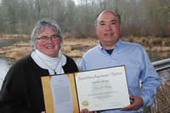






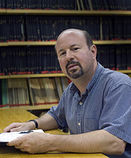


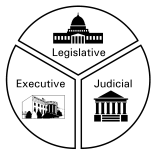

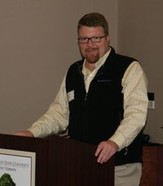
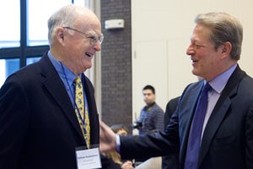
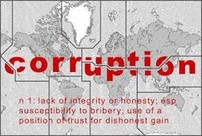

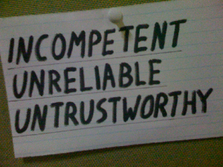

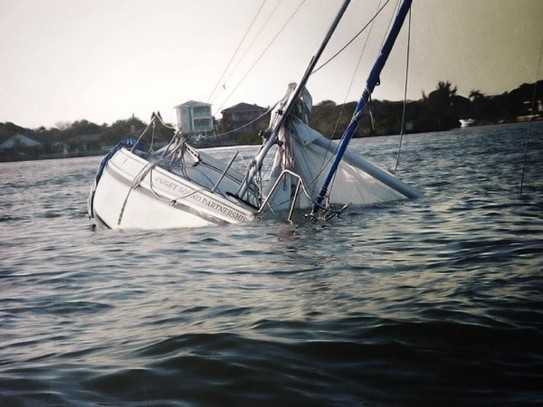

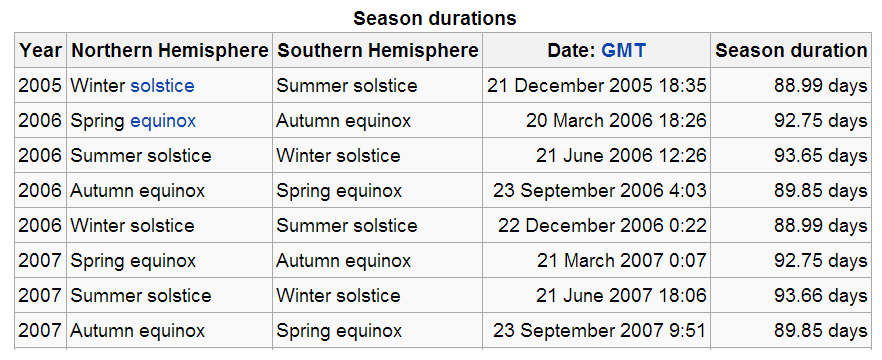
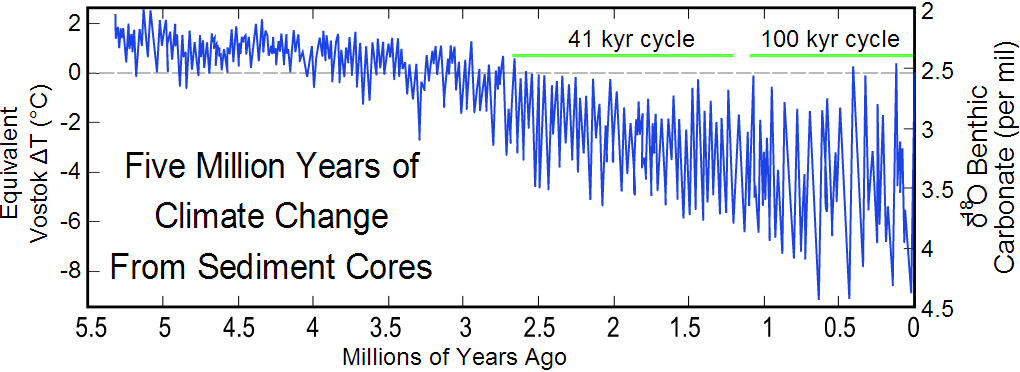

 RSS Feed
RSS Feed
